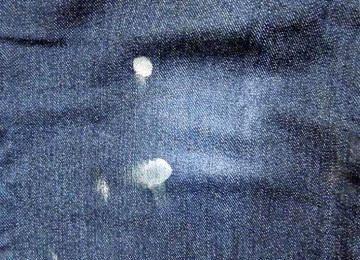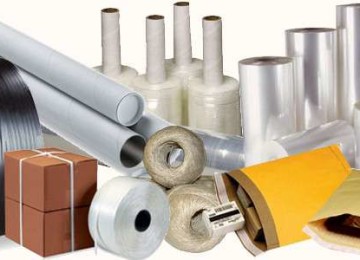Even when using the most modern anti-sweat products, there is no guarantee that you will not encounter unsightly stains. Most often they appear on things with an adjacent armhole, where the fabric comes into contact with the skin, and sometimes remain even after washing. The easiest way is to take the item to the dry cleaner, but this solution is not suitable for everyone. Recipes from experienced housewives who know many ways to remove deodorant stains under the arms will come to the rescue, using products or household chemicals available in every home.
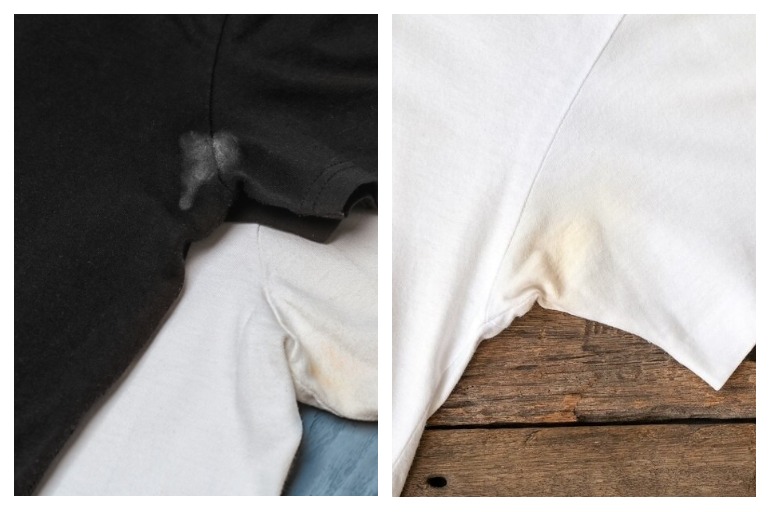
Features for different fabrics
Modern hygiene products for sweat are of 3 types:
- Deodorants. The substances in their composition prevent the activity of bacteria that feed on the secretions of the sweat glands. In addition, the products contain perfume fragrances that mask unpleasant odors.
- Antiperspirants. Thanks to their action, the sweat ducts are clogged and the armpits remain dry.
- Combined products that combine both functions - blocking sweating and deodorizing.
Today, more and more women are choosing hygiene cosmetics of types 2 and 3, preferring not to fight off the smell with the help of perfumes, but to solve the problem radically, eliminating the cause of sweat. But due to the zinc and aluminum salts contained in such products, stains may appear on clothes.
In addition, products made from different types of fabrics have their own care characteristics. Not all products that effectively remove stains on natural materials can be used on silk and woolen items, and colored and dark clothes are washed differently than white ones.
The products have a tag indicating the type and composition of the fabric and care recommendations. If the label is not preserved, it is better not to take risks and use only gentle methods to remove stains.
Delicate
These types of fabrics include silk and wool, the finest cambric, knitwear and microfiber. Caring for such products should be very careful; hand washing or using special machine wash modes is preferable. You cannot use universal powder; it is replaced with gentle products.
Removing stains left by deodorants and antiperspirants on delicate items can be difficult.
.jpg)
Contaminants are removed from silk and woolen clothing with rock salt. The item is soaked in weak brine (2 tbsp.per 1 liter of water) or treat the stained area with a soft cloth, sponge or cotton swab. Do not use a hard brush - it can damage the structure of the fibers. Treat the stain from the edges to the center so as not to smear it even more.
After soaking or applying a saline solution, leave the item for 20-30 minutes, then rinse thoroughly and wash with the product you always use.
Stains on silk can be treated with ammonia and white spirit, mixing them in equal parts. Apply the mixture to the stained area, wait 10-20 minutes, then rinse under cool running water.
Stains left by deodorant on knitted and crocheted items are removed with a soap solution. To make it, pour 100 g of shavings of laundry or baby soap into 1 liter of warm water, whipping up a thick foam, which is applied to the stain with a soft sponge. In case of heavy contamination, you can soak the product for half an hour.
For rinsing, use a solution of oxalic acid (at the rate of 1 teaspoon per glass of water). Microfiber clothes are washed in the same way.
Natural
To remove traces of antiperspirant from light cotton and linen clothes, use table vinegar diluted with water in a 1:1 ratio. To wash dark items, use a salt paste: 2 tbsp. salt is poured with a small amount of water so that the substance does not dissolve, but forms a thick gruel. It is applied to the contaminated area from the inside with a clothes brush. Let the product lie for a while, then rinse thoroughly.
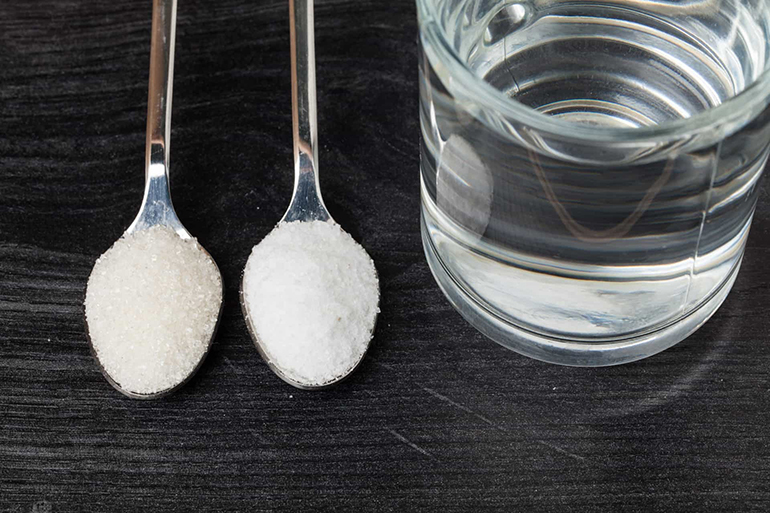
A good effect is provided by a mixture of salt, soda and liquid soap in a ratio of 1:1:1. The paste is applied to the area with the stain and left for 30 minutes.
If the contamination is too strong, you can add a few drops of ammonia to the paste.
Synthetics
A vinegar solution is suitable for removing sweat stains from artificial fabrics. It is mixed with water in a ratio of 1:4. Under no circumstances should you use products containing gasoline for cleaning - this may render the item unusable.
Denim
Durable denim is best cleaned with steam. If the stain is old or deeply ingrained, soak the item in very hot water - boiling water will dissolve the stain.
Colored
The method for removing deodorant stains from colored items depends on the composition of the fabric - the methods for getting rid of stains from silk or cotton clothes will be different. In addition, delicate products are required so as not to affect the brightness of the colors, otherwise they may fade after washing.
It is best to use special stain removers for colored fabrics. If you use folk remedies, it is recommended to first test them on a small, inconspicuous area.
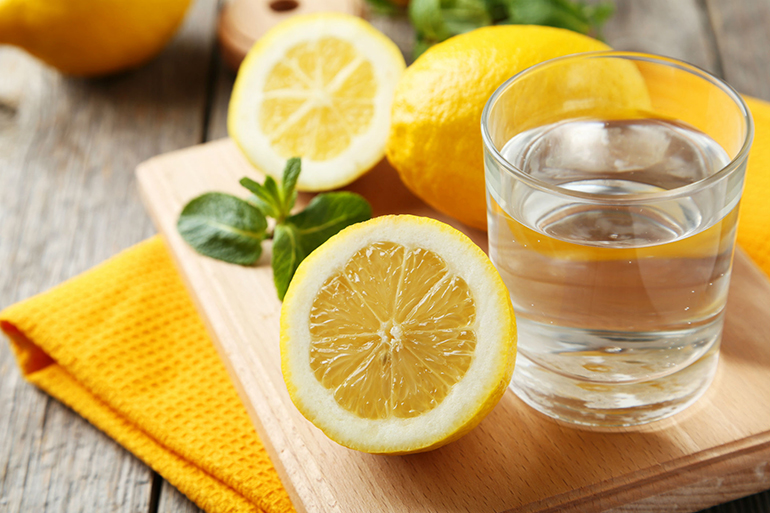
One home method for removing sweat stains from colored clothes is a mixture of egg yolk and 2 tsp. denatured alcohol The solution is whisked and applied to the contaminated area with a soft sponge, wait 10–15 minutes and rinse off with running water.
Remove stains from black items using lemon - squeeze citrus juice onto the stain, then sprinkle the area with coarse salt and rub it in with a brush or sponge. Leave it to sit for 15–20 minutes, then rinse the item and wash it with powder.
White fabrics
There are different ways to remove yellow spots that appear after using deodorant and restore the original whiteness. Their choice depends on the type of fabric.
To remove yellow marks on white cotton, prepare a paste:
- 2 tbsp. l. baking soda;
- 1 tsp. dishwashing detergents;
- 50 ml of pharmaceutical hydrogen peroxide (or dissolve 2 tablets in 50 ml of water).
The mixture is applied to an area of clothing for 20–30 minutes, rinsed, and then washed with the usual powder.
Yellow stains are removed from delicate fabrics by rubbing the contaminated area with laundry soap and soaking in a very weak solution of hydrogen peroxide (at the rate of 10 ml per 1 liter of liquid). The item is left for 2–3 hours. Rinse twice - first in warm and then in cold water. To completely remove soap, add lemon juice (1 tsp per 1 liter).

Traces of sweat and deodorant are removed from knitted items using ammonia - the liquid is applied to the stain with a cotton swab and the item is allowed to sit for several minutes. If the stains are stubborn, it is recommended to add pharmaceutical ammonia to the washing water at the rate of 1 tbsp. l of product per 1 liter of liquid.
Aspirin will help restore the whiteness of any tissue. Grind 2-3 tablets and fill them with 1 tsp. water.
The resulting paste is applied to the stain and left for 30–40 minutes, after which the item is washed.
Professional stain removers
Today, stores and websites offer a large selection of stain removers. The products allow you to quickly and effectively remove not only sweat stains, but also other contaminants.
White clothes made from cotton fabrics can be washed with powders and gels containing chlorine, but for other items it is necessary to use products based on active oxygen or enzymes.
“Antipyatin”
This well-known remedy has been popular for many years. In its action, Antipyatin soap is similar to laundry soap, but its composition contains added substances that enhance its effectiveness. The product can be used even in cold water.
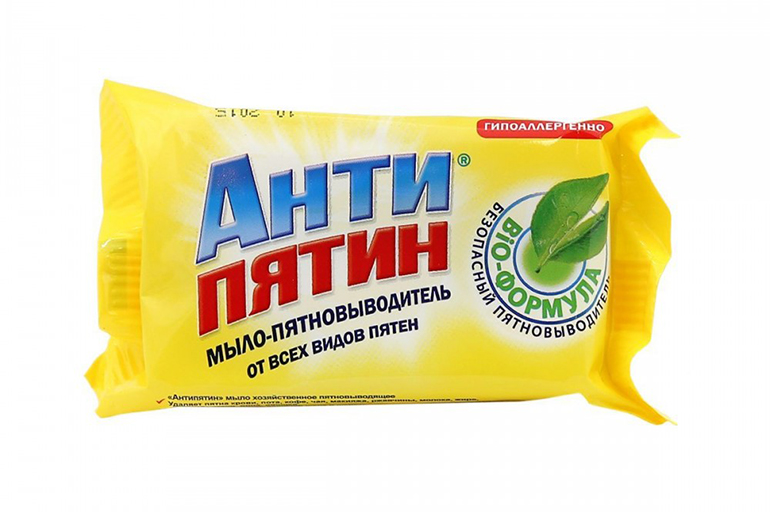
Now the stain remover is available in a convenient spray form, specifically designed to remove stains from sweat. The liquid is sprayed onto the stained area, the item is allowed to sit for 15–30 minutes, then washed as usual. The spray is suitable for delicate fabrics.
Faberlic Edelstar
The principle of operation of the product is based on the use of an oxygen agent, which simultaneously acts as a stain remover and bleach. Can be used to enhance the effect of washing powder and to pre-treat old stains. Available in stick, spray and liquid stain remover form. Suitable for delicate fabrics that require gentle care.
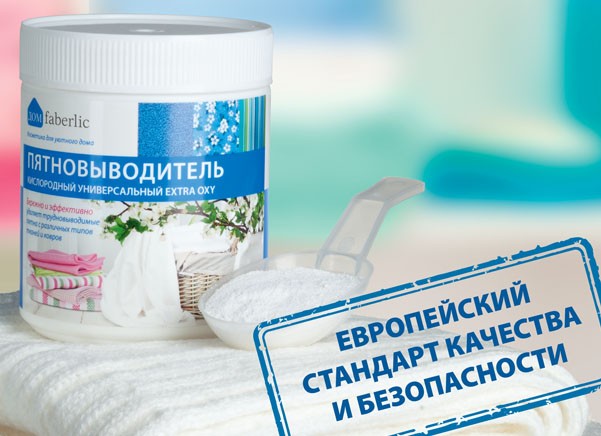
Sarma Active
The powder is used to remove various contaminants. The composition does not contain chlorine, so the stain remover is suitable for both white and colored fabrics. The action is based on the use of surfactants, including an oxygen agent. The product is added as a washing enhancer. In case of persistent contamination, it is recommended to dilute a little powder with water into a paste and apply it to the stain, leave it for 15–20 minutes, and then put it in the washing mashine. Sarma Active also has an antibacterial effect.
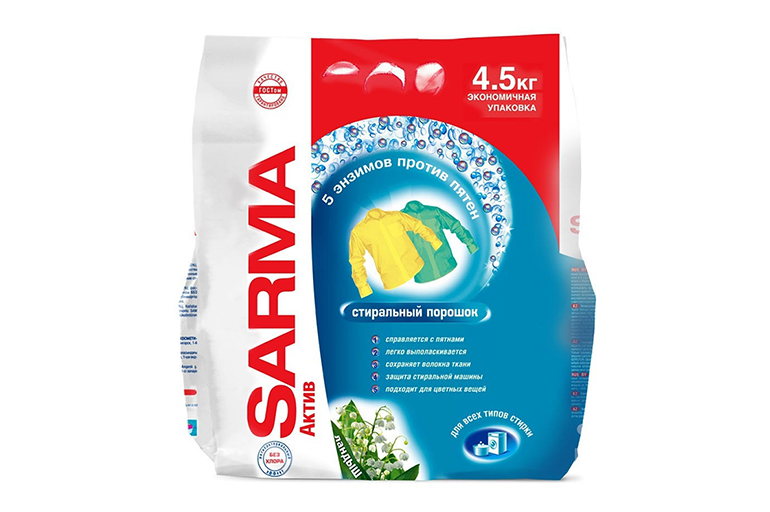
Udalix Ultra
The stain remover copes even with stubborn, old stains. Available in the form of a pencil, wash enhancer powder, spray and wet wipes to remove stains. To remove traces of deodorant, it is best to use a spray - it is convenient to apply it to the stain.
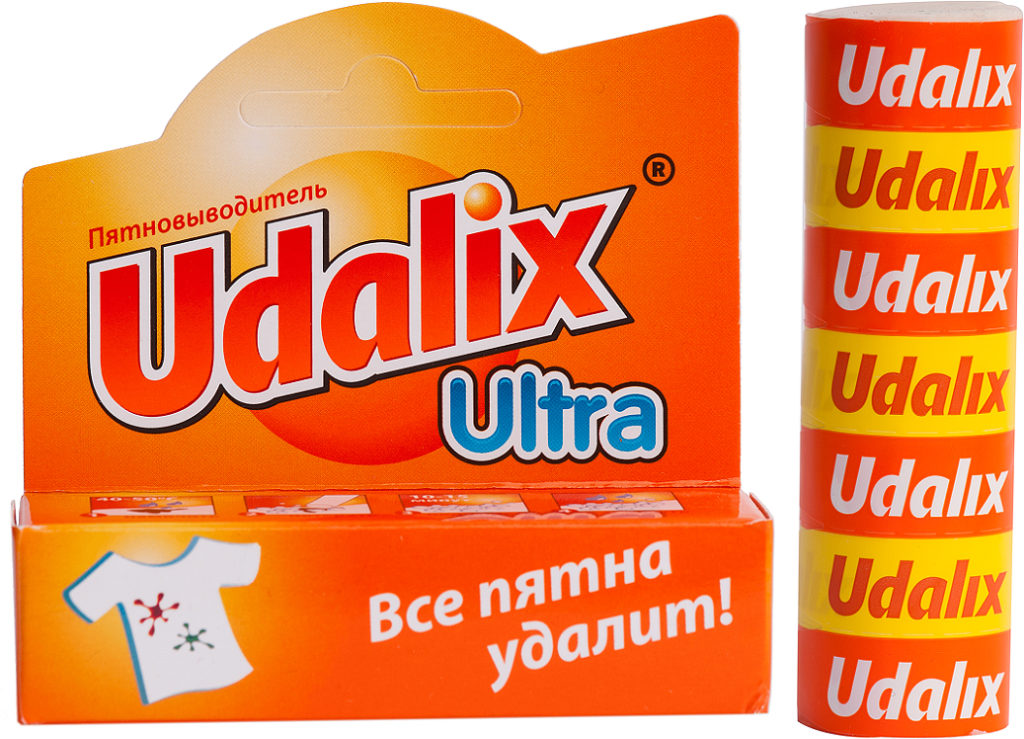
Vanish Oxi Action
Available in 2 types - specifically for white and colored laundry, sold in the form of powder and liquid stain remover. It is recommended to apply the product to the stain before washing, wait about 20 minutes and put the item in the washing machine.To enhance the effect, add a little Vanish Oxi Action to the powder compartment. Can be used for machine and hand washing.
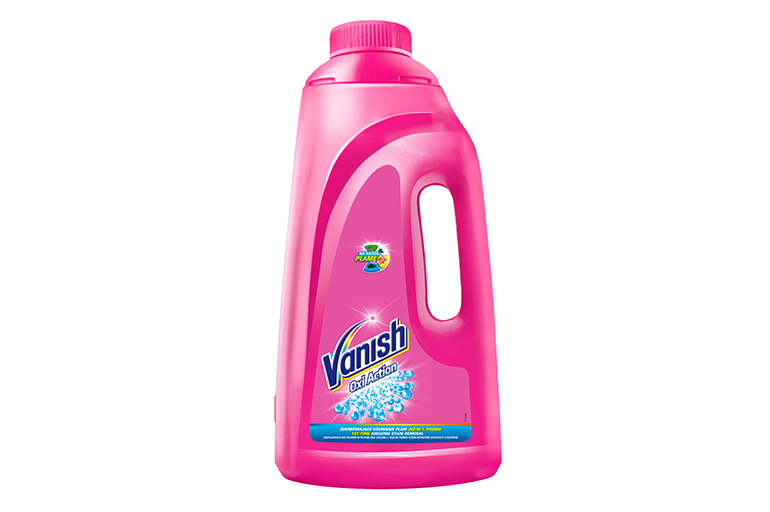
Dr Beckmann
Gel stain remover is designed to remove deodorant stains and remove rust. Does not have an aggressive effect on fabric, suitable for silk and synthetics. Apply to the stain for 1-2 hours. During the process, you need to ensure that the fabric does not dry out; if necessary, moisten the stain with water. After this, the remaining product is washed off and the item is washed.
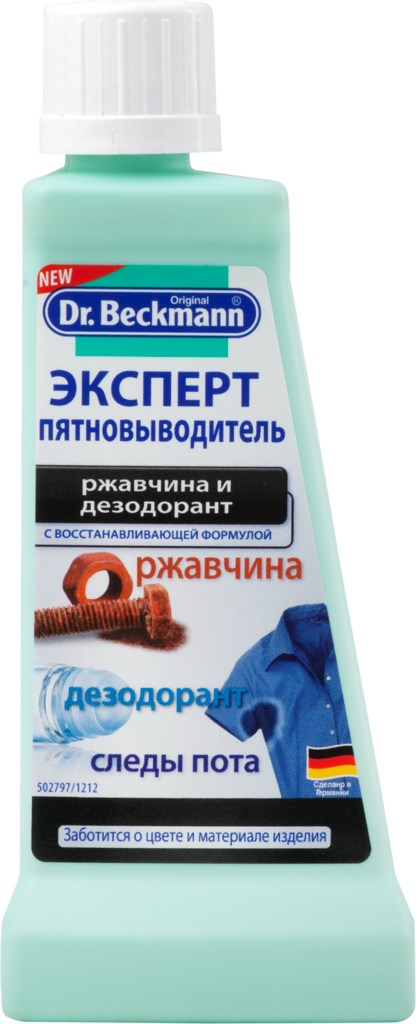
“Just a minute”
The manufacturer recommends a product for removing even the most stubborn stains. The paste is applied to the area requiring cleaning and rubbed in with a brush or sponge. Subsequent washing is not required - the stain remover will evaporate without a trace, leaving the product clean. The only drawback is the strong smell of the cleaning product.
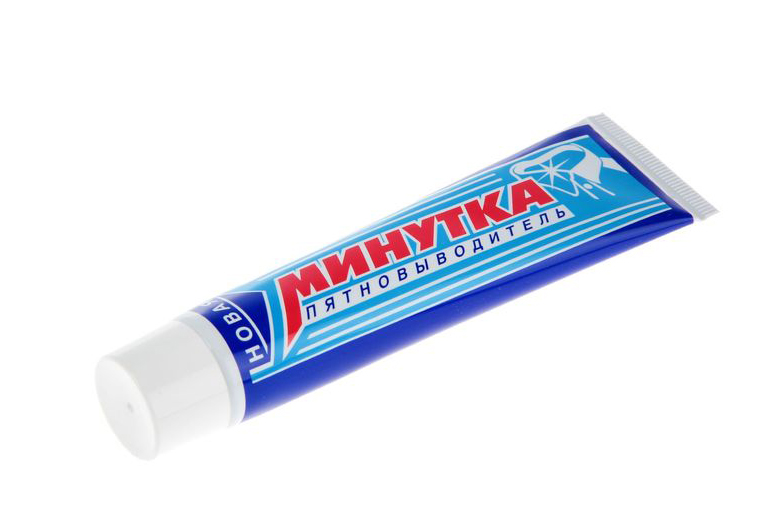
"Frau Schmidt"
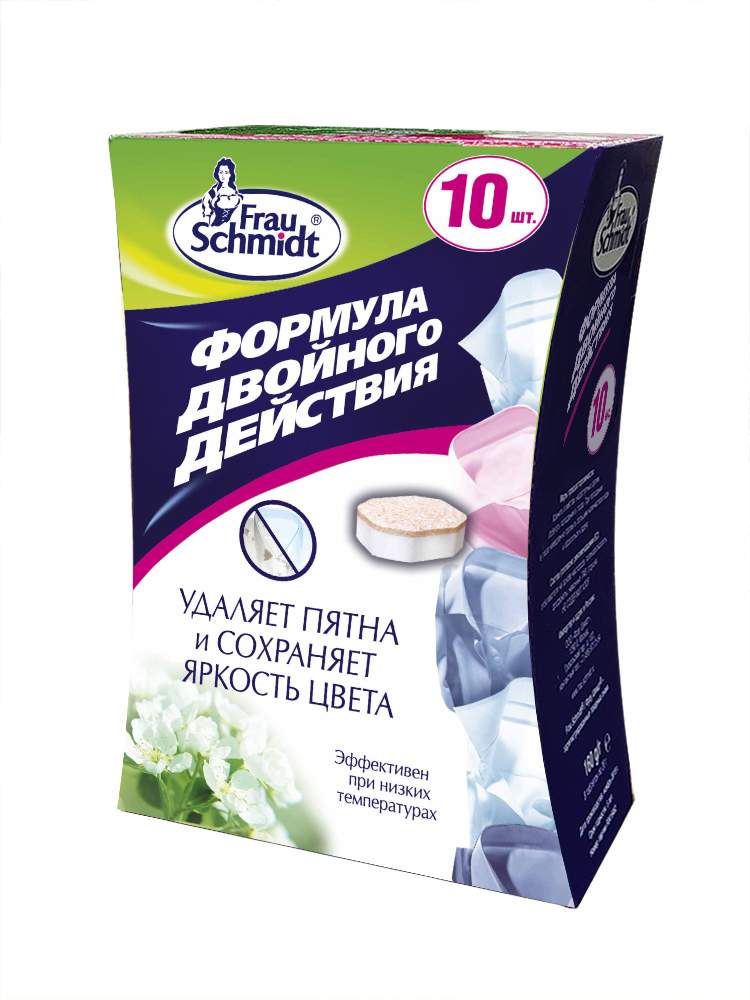
The dual-action formula simultaneously whitens laundry and removes stains. Well suited for colored fabrics, effective at low temperatures.
However, judging by customer reviews, the product is effective only against fresh stains - it does not always cope with old ones.
Amway Pre Wash
The stain remover comes in aerosol form and is conveniently applied to the stain. Just spray the product onto the dirty area and wait a couple of minutes, then put the item in the washing machine. Even copes with old stains. Effectively removes not only traces of sweat, but also the most difficult stains.
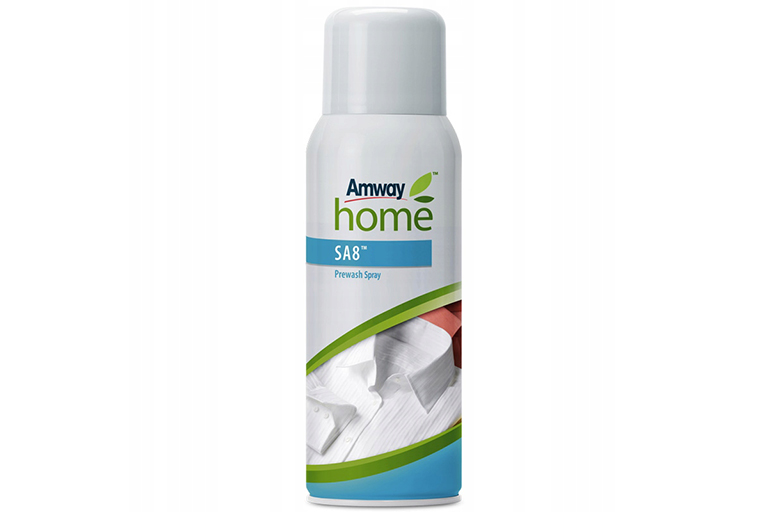
HG
The stain remover comes in a convenient spray form and is suitable for caring for items made from natural and synthetic fabrics. Use it immediately before washing: apply the product to the stain for 15–30 minutes. Suitable for white and colored fabrics, does not contain chlorine.
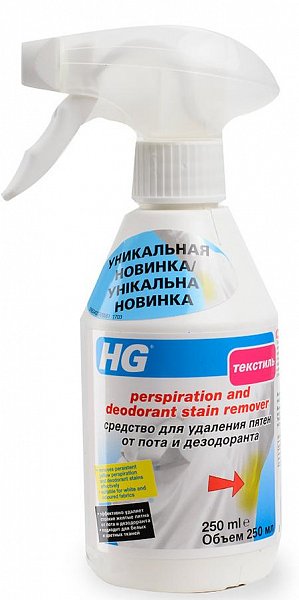
Folk remedies for yellow spots due to deodorant
If you don’t have a stain remover on hand, you can get rid of traces of antiperspirant use by using recipes familiar to our grandmothers. Any home must have at least one of the folk remedies.
Alcohol
Ethanol and methanol remove dirt well, so in order to get rid of stains under the arms, both food grade and industrial alcohol are suitable. The liquid must be diluted with water in a 1:1 ratio, and then applied to the stain with a sponge or cotton swab.
.jpg)
A stain remover is prepared using industrial alcohol by mixing 40 ml of liquid with 20 ml of ammonia or Chlorhexidine and adding 30 ml of gasoline. The product is suitable for cotton fabrics and linen. It is applied to the stain, left for 5 minutes, after which the item is washed in the washing machine. It is recommended to add double the amount of conditioner to fight off the strong chemical smell.
Vodka
Alcohol can dissolve sweat marks. You can simply pour vodka on the yellow spots from the bottle.
If they are fresh, they will disappear in a few minutes. If the stain is old, you will need to let the item sit for 30–60 minutes.
Dish detergent
For delicate fabrics, you can use any gel available in the kitchen. To remove stains, apply a little product to a damp sponge and rub into the stain. Leave for an hour, making sure that the fabric does not dry out. After this, rinse the product with water.
.jpg)
Nylon stocking
This way you can remove white traces of deodorant on dark clothes. The tights are rolled up into a tampon and the plaque is wiped off from the fabric.
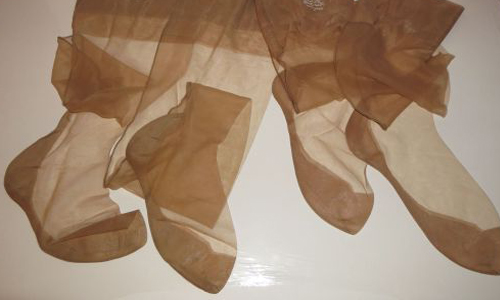
Vinegar
Suitable for woolen items. Apply a little liquid to the contaminated area, leave the item for 10–15 minutes, and then wash it.If the stain is old, it will take longer.
.jpg)
Hyposulfite solution
The compound has another name - sodium thiosulfate. It is used in medical practice as a strong adsorbent for poisoning. Also used by photographers as a fixative for photographs. It removes stains well on delicate fabrics - apply the solution to the stain with a cotton swab and leave for 15–20 minutes. If the liquid dries out, re-process it. After this, rinse the item well.

Remedies for yellow spots
Antiperspirant does not completely clog the sweat ducts, but only narrows them by 40–60%, so some secretions still appear on the skin. If they react with aluminum and zinc salts that are part of the antiperspirant, then unsightly yellow spots appear in the areas where clothing is attached, most often in the armpits.
Aspirin
Acetylsalicylic acid, which is the active ingredient in tablets, effectively removes traces of a mixture of sweat and deodorant. If the stains are fresh, it is enough to soak the product that requires cleaning in water with the addition of acetylsalicylic acid at the rate of 10 tablets per 1 liter of liquid.
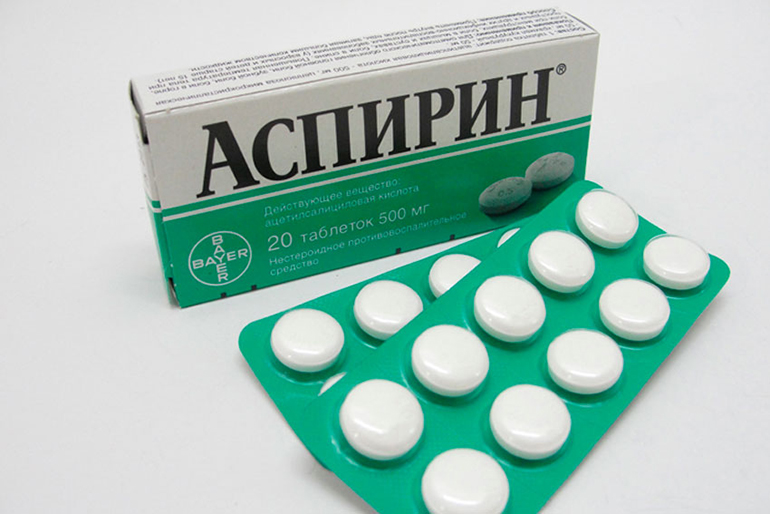
If the stains are deeply ingrained into the fabric, a cleaning paste is first applied to the contaminated areas. Prepare it this way:
- 2-3 tablets are crushed into powder.
- Dilute in 1 tsp. water.
- Apply to the contaminated area with a soft sponge.
- Leave the item for 2 hours, after which the treatment is repeated.
After this, it is enough to wash the item with powder.
Ammonia
To treat a stain, a pharmaceutical ammonia solution is diluted in a proportion of 1 tsp. per glass of water. The product is applied to the contaminated area for 15–20 minutes, after which the item is washed.Ammonia has a strong, pungent odor, so it is necessary to work with it in a room with good ventilation.
The product will be even more effective if you add salt to it. Prepare the gruel by adding 1 tsp. ammonia the same amount of table salt, rub the paste into the area with the stain, leave for 1 hour. Unabsorbed residues are brushed off with a brush, after which the product is washed.
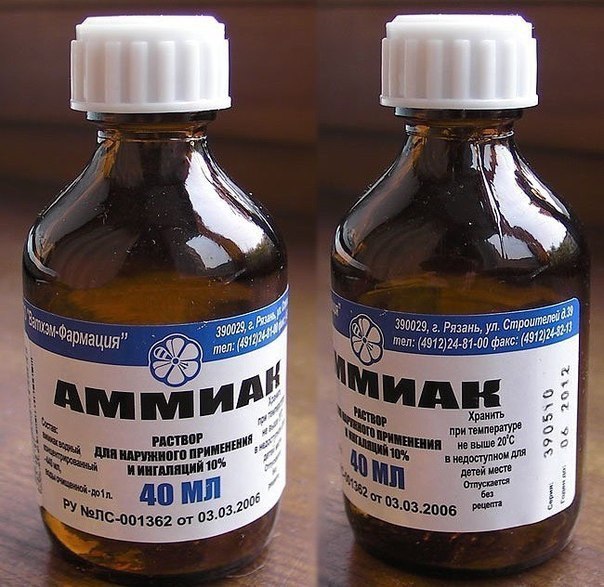
Hydrogen peroxide
The liquid purchased at the pharmacy is applied to the stain and left for 2 hours. If the contamination is severe, the item is soaked entirely. The proportion of the solution in this case is 1 tsp. for 1 liter of water.
.jpg)
A mixture of pharmaceutical ammonia with denatured alcohol and acetone in a ratio of 2:4:3 will help remove a stain with white clothes. The solution is applied to the stain and left for no more than 5 minutes, after which it is thoroughly rinsed. The method is only suitable for products made from natural fabrics.
Lemon juice
This method is most often used when it is necessary to remove stains from dark fabrics. Squeeze the juice from 1 fruit directly onto the stain, sprinkle rock salt on top and leave the item to sit. After this, the product is washed.
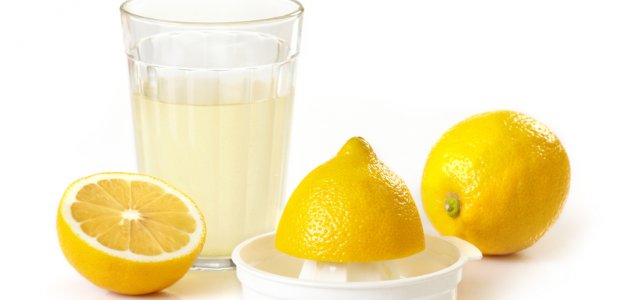
Soda
Calcium bicarbonate is used not only in cooking, but also as a cleaning agent. A paste is made from baking soda and water and applied to the contaminated area. After this, the item is left until the powder dries completely. The mixture is brushed off the product and sent to the wash.
.jpg)
Traditional methods at home
There are other methods for removing deodorant stains and armpit sweat:
- Yellow stains are well removed by a mixture of borax, kefir and vinegar in a 1:1:1 ratio. A paste is prepared from the ingredients, which is then applied to the dirty area. After drying, the remaining product is removed with a brush and the item is washed.
- To remove traces of sweat from knitwear, use the yolk of a chicken egg - it is applied to the stain and left to dry. To enhance the effect, the contamination is additionally treated with denatured alcohol. After this, the item is washed with powder.
- Yellow stains are removed by a mixture of laundry soap and salt. First, the armpit area is thickly rubbed with a slightly damp bar of soap, and then sprinkled with rock salt and left for 15–20 minutes. After this, rinse the item well.
- Gasoline is only suitable for durable natural fabrics, such as jeans. A cotton swab is soaked in liquid and applied to areas with traces of sweat. Leave for a few minutes, after which the item is thoroughly rinsed several times and put in the washing machine.
To remove stains better, the item does not need to be washed first, especially in hot water - this will only absorb dirt into the fabric even more, and it will be more difficult to get rid of it.
If one method does not help, you should not immediately use the second - reactions may occur that lead to unpredictable results. This way you can render the item unusable. It is better to repeat the processing using the previously selected method. In addition, it is necessary to strictly follow the recommended proportions and time specified in the recipe.
Many substances used to remove contaminants are toxic. To protect your hands from harmful effects, you must use rubber gloves and work in a well-ventilated area.
There are many ways to remove stains from deodorants and sweat, but it is better not to fight the consequences, but to prevent the appearance of dirt.In case of severe sweating, the use of special liners will help protect the armpit area from contact with a dress, sweater and shirt with an adjacent armhole. They are conveniently attached to the wrong side of clothing using an adhesive layer and can be changed during the day as needed. From the outside, such gaskets are practically invisible.
To avoid stains on clothes, deodorant should be used correctly. It should be applied to previously washed and dried skin. You should not water yourself in excess or pass the ball over your armpit several times - the effect of the hygiene product will not be enhanced, and your clothes will be stained. In hot weather, it is better to wear loose clothing that is not tight to the body.






